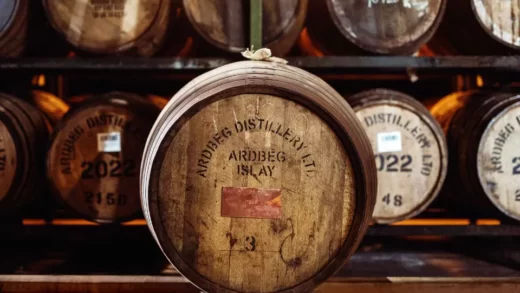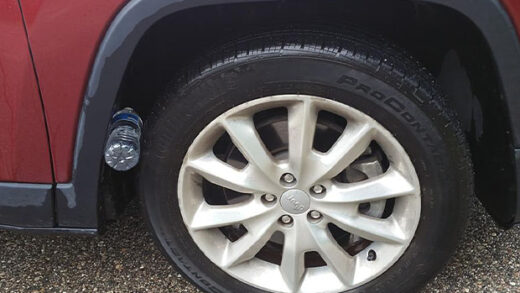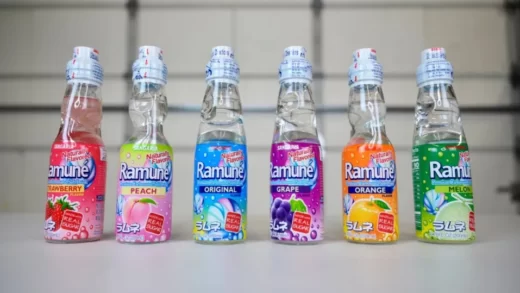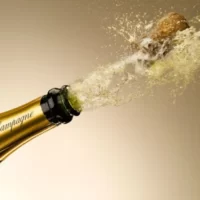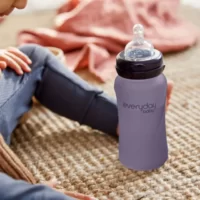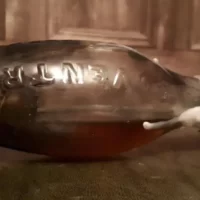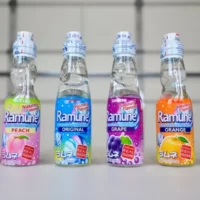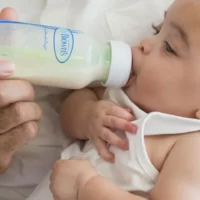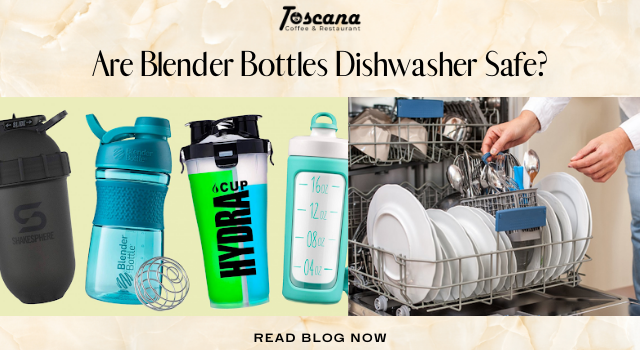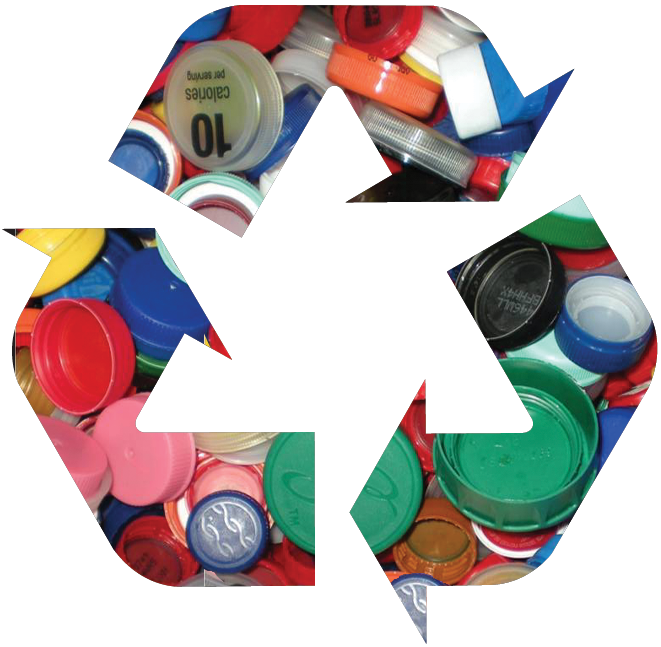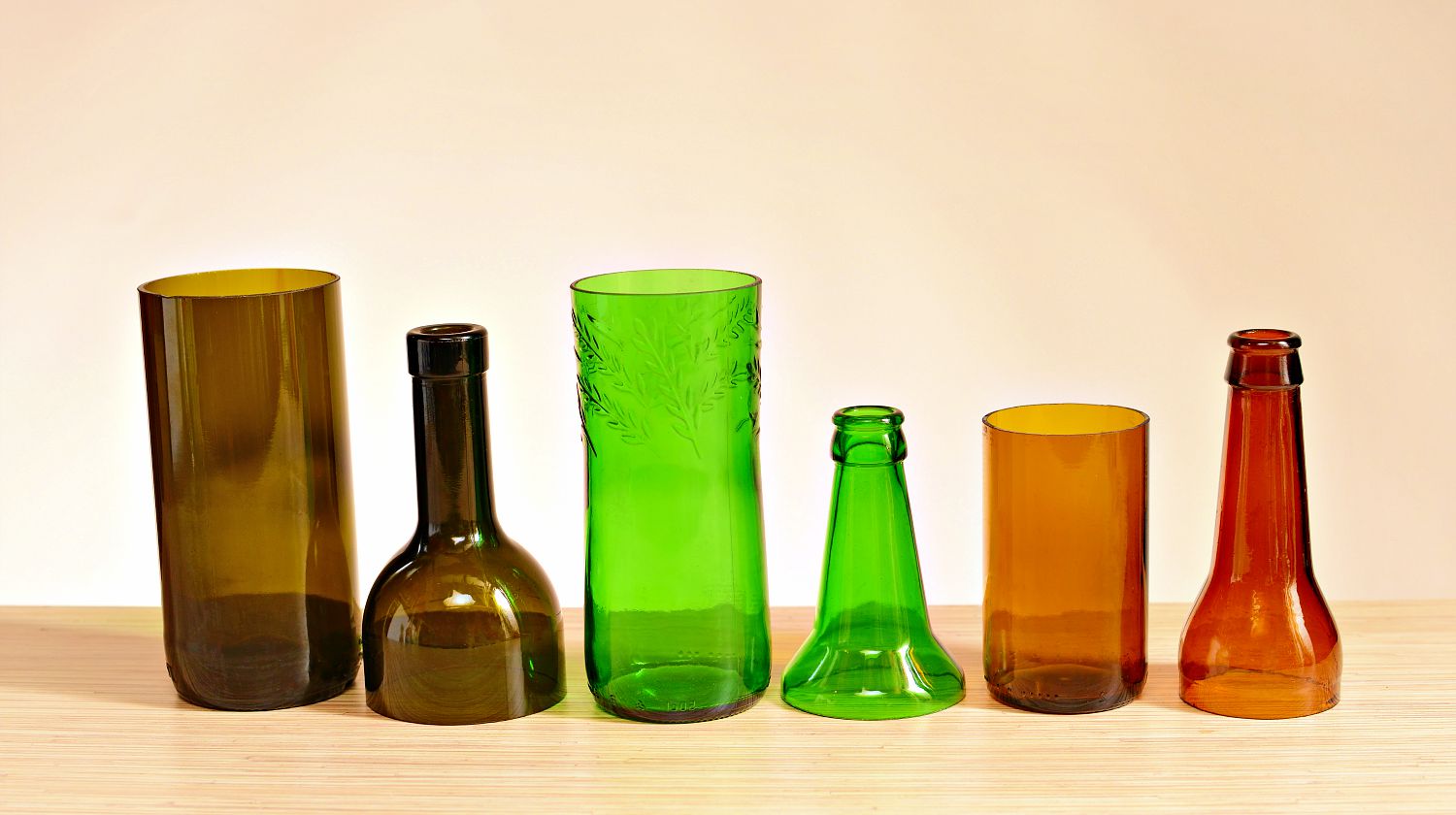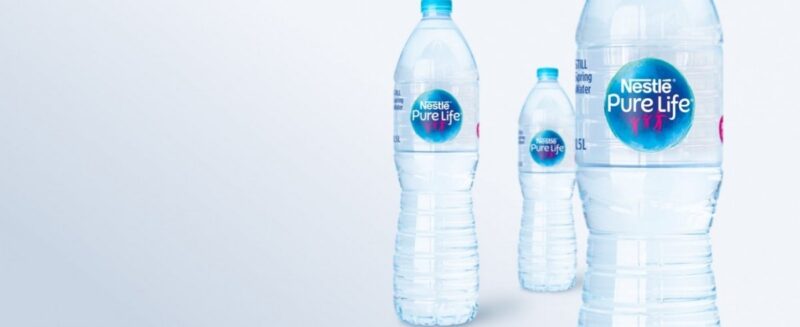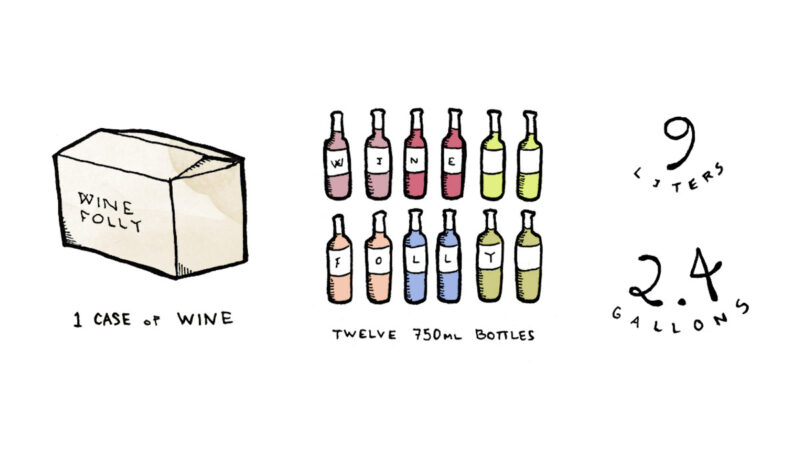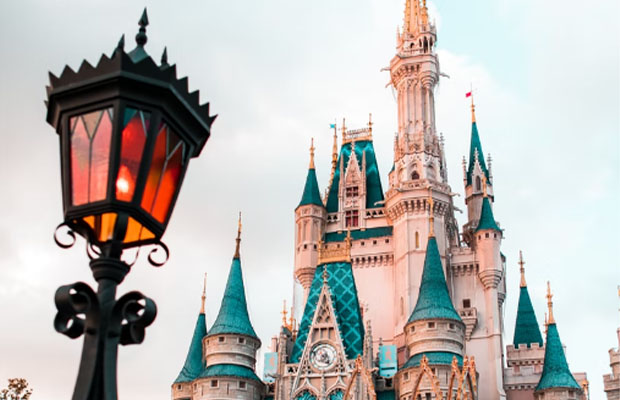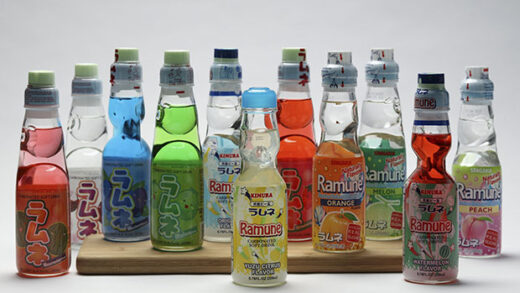How are glass bottles made? While traditional glass blowing and blown glass methods are still used by artists and custom applications, most glass bottle manufacturing is an automated process. In this guide, we’ll break down the steps on how to make a glass bottle, from the hot end to the cold end process, and detail its application.
Table of Contents
Glass Bottle Manufacturing Process
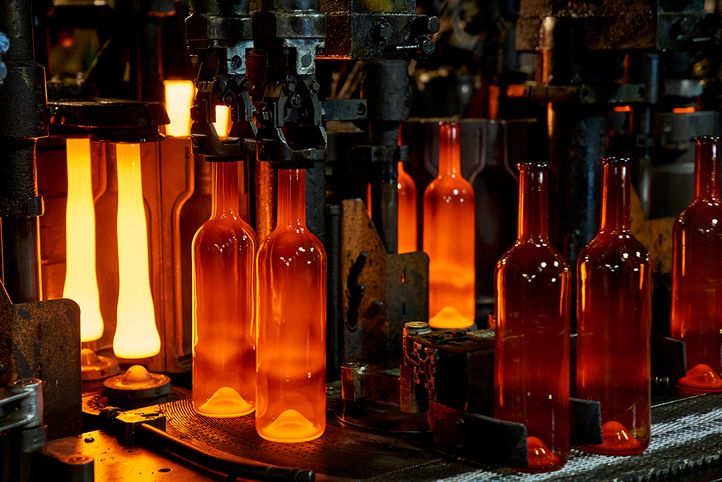
Creating glass containers can be done through one of two different processes – blowing and blowing, or pressing and blowing. Each process is chosen based on the type of glass bottle being manufactured. All glass bottles are produced as raw materials. Silica (sand), soda ash, limestone, and cullet (furnace glass, recycled glass) are combined into specific mixtures according to the desired properties of the bottle. The mixture is then melted at high temperatures in a furnace until it becomes a molten material, ready to be formed. The type of glass that this mixture will produce is called soda lime glass and is the most popular food and beverage glass.
Glass Forming Method
The molten glass gobs are cut by timed blades to ensure that each gob is of equal weight before entering the molding machine. The weight of the gob is important to the formation process of each glass container manufactured. Molded glass is formed by gravity feeding molten glass gobs into a forming machine where pressure forms the neck and basic shape of the bottle. Once the finish is finished and the general glass bottle shape is formed, this shape is called a parison. To obtain the final container shape, one of two processes was used.
Pressure Blow Molding Process
Press blowing is the most common method in glass bottle manufacturing. It uses a single section (IS) machine that divides it into different sections to produce multiple containers of the same size at the same time. The molten glass is cut to a specific gob size with a shearing blade. The goaf falls into the machine under gravity. A metal plunger is used to push the gob down into the mold, where it begins to take shape and become a parison. The parison is then transferred to a blow mold and reheated to make the parison soft enough to complete the size of the glass. Once the parison is reheated to blow molding temperature, air is injected to blow the container. Pressure blowing is commonly used in the manufacture of jars and jars because its size allows the plunger to enter the parison.
Purge And Purge Process
Purge and purge processes are used to create narrow vessels. It also requires an IS machine, where the molten frit is fed into the mold by gravity. The parison is created by using compressed air to create the neck finish and basic bottle shape. The parison is then flipped 180 degrees and reheated before the air is injected again to blow the container into its final shape. Use compressed air again to blow the bottle into the desired shape. Blowing and blowing methods are best used for glass bottle manufacturing where different neck thicknesses are required.
Complete The Process
Regardless of the process, once the bottle is fully formed, it is removed from the mold and transferred to the annealing kiln. The annealing kiln reheats the glass bottle to about 1050 degrees Fahrenheit and then gradually cools to about 390 degrees Fahrenheit. This process cools the glass at a uniform rate, eliminating internal stresses in the glass that can cause cracking or shattering. The bottles are then carefully inspected to ensure they meet quality control guidelines. Any bottles showing defects, including air bubbles, cracks, or misshapen areas, are removed from the production line and used as a cullet. All remaining bottles are sorted by size and type. The bottles are then packed on pallets ready for shipment.
Applications of Glass Bottles
Glass is chemically inert and more impermeable than plastic, so it can withstand processes like pasteurization better while containing more corrosive ingredients. Glass bottles are especially important in the food and beverage industry because they don’t affect flavor and don’t lose flavor and carbonation as quickly as plastic bottles. While many people are familiar with the glass bottles used to hold beer and wine, there are also glass feeding bottles, baby bottles, soda bottles, and water bottles. Outside of drinks, glass bottles are used to hold food ingredients, sauces and jams. In addition, glass is used to package products such as pharmaceuticals, cosmetics, and essential oils; it can also be used in labs or spray bottles. For more information on these containers, see our guide to glass bottle types.
Amber glass bottles are especially good for medicines, beer, and other light-sensitive items. The amber color of the bottle filters out UV and blue light, allowing it to prevent the breakdown of these products, called photo-oxidation. Without the filtering of high-energy light waves, beer can break down and destroy its flavor over time, and essential oils can change the smell.
Other Posts You Might Like: Glass Bottle Paint Ideas
Conclusion
Now that we’ve covered how glass bottles are made, including hot-end and cold-end processes, and their applications, we hope this information will better assist you in your sourcing.

